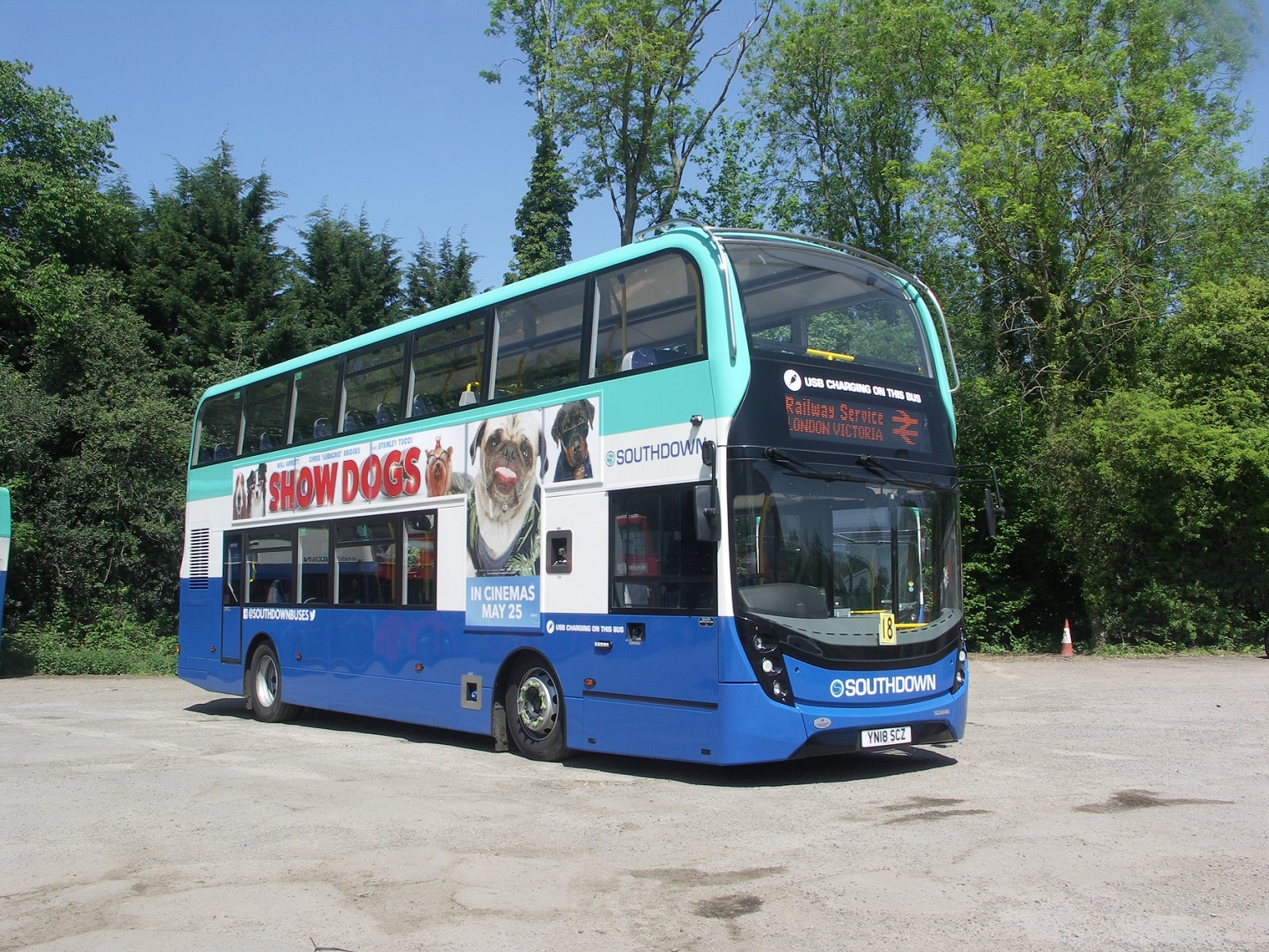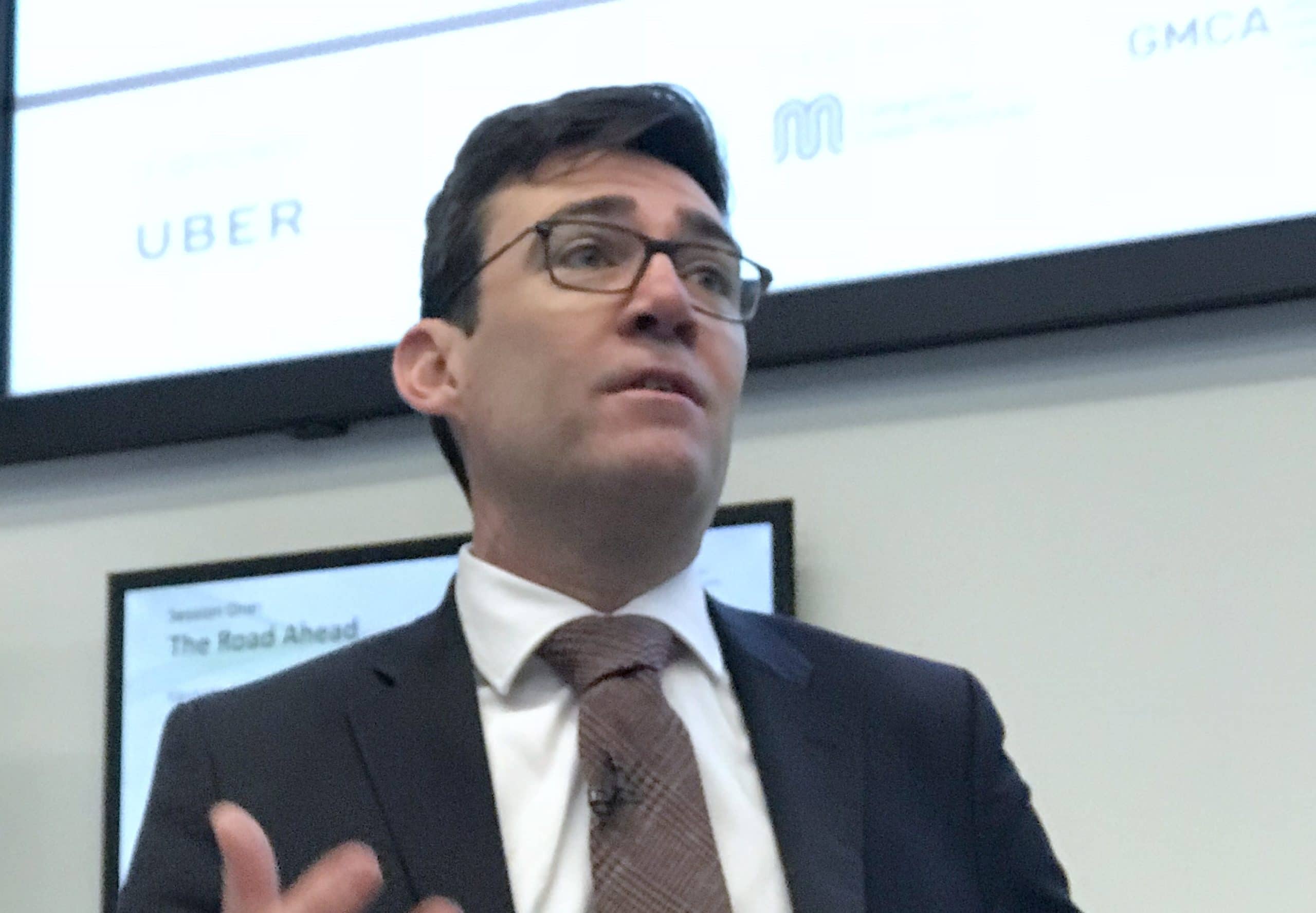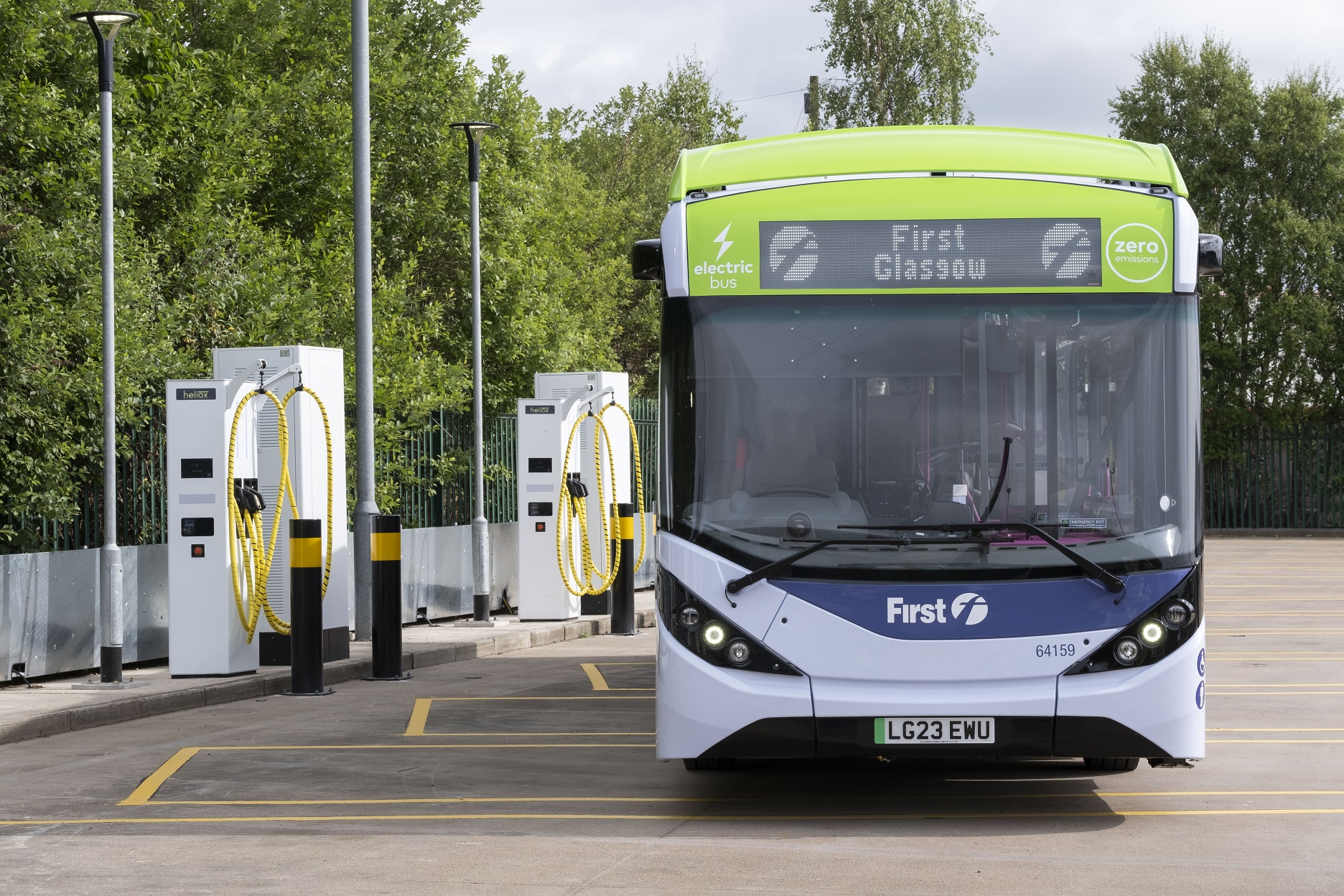Reading the press release that accompanied the Department for Transport (DfT) announcement on the Bus Service Improvement Plan (BSIP) funding allocation process, one would think that we were entering a brave new world for the bus, of a major bus renaissance.
DfT happily tells us that “31 counties, city regions and unitary authorities have been chosen for funding to level up their local bus services” and that “including previous awards, just under two-thirds of England’s population outside London will benefit from new investment to make their buses more frequent, more reliable, easier to understand and use, cheaper or greener.” Hurrah!
Services to get worse before they improve via BSIP funding?
But the reality is rather different. All 79 local transport authorities (LTAs) submitted BSIPs, including a handful of joint submissions involving more than one authority. 31 of those have been funded. That is less than half the number of LTAs. Mayor of Greater Manchester Andy Burnham has warned that despite the funding allocated to Greater Manchester, bus services there will get worse before they get better.
There is no denying that the government is pumping a great deal of cash into the bus industry in England through BSIP allocations, City Region Sustainable Transport Settlements, funding for the Zero Emission Bus Regional Areas scheme and, of course, supporting operators during the pandemic. And, to be fair, given financial constraints, I wasn’t expecting as many LTAs to get BSIP funding as have done. So it could have been worse.
Rhetoric, not action, in BSIP funding announcement
But there is also no denying that the amount of funding is inadequate relative to the government’s own aspirations for the bus, as so clearly set out in the National Bus Strategy for England and relative to the total funding BSIPs bid for. In many respects, I don’t have a problem with the actual amount of funding being provided. Public finances are under enormous pressure. My problem is that the government says one thing but does another. Rhetoric is not matched by actions.
If the National Bus Strategy for England had been released before the COVID-19 pandemic hit, I could understand why the level of funding now being provided falls short of the Strategy’s ambitions. But Bus Back Better was published almost exactly a year after COVID-19 struck us down and in the full knowledge that patronage had collapsed.
I cannot help feeling that publishing a strategy with such ambitious plans to grow patronage and to expand bus service provision, all backed up with bold words about cheaper fares and more reliable services, was political folly.
It would surely have been more prudent to delay the Strategy until after the pandemic and until its full impact on patronage was clearer. Instead, by publishing such a bold vision but failing to support it with adequate levels of funding, ministers have given LTAs, opposition parties and the industry itself a stick with which to beat the government.
Deregulation in England done for the Conservatives?
I was also intrigued that the press release announcing BSIP funding expressly said that the successful LTAs were chosen “because of their ambition to repeat the success achieved in London.” Another example – if we needed it – that this Conservative government has turned its back on bus deregulation.
Meanwhile, DfT has issued another consultation on when to stop the sale of new diesel buses, a full year after it first consulted on the issue. This latest consultation seeks views on setting a specific end date between 2025 and 2032.
This is interesting because, according to my industry sources, 2025 is really the latest date for the sale of new diesel buses if they are all to be off the roads by 2040 – the original date for ending the sale of petrol and diesel cars. Of course, the government has set 2050 for achieving its net zero ambitions generally, so I guess a date some years after 2025 for ending the sale of new non-zero-emission buses fits with that.
The consultation has also highlighted the impact that COVID-19 has had on the ability of operators to fund a major investment programme to transition to a full zero-emission bus fleet. Indeed, as I have said before, it is far from clear how this will be financed unless governments are willing to fund a significant proportion of it.
That seems unlikely as there are currently 38,000 diesel buses in operation, and so we are talking of a significant number of billions of pounds to transition to a zero-emission fleet. I can’t see government funding on that scale.
Private zero-emission bus funding potential is growing
Of course, there is scope for the private sector to step in and provide financing solutions, perhaps setting up leasing companies on the same model as those in the railway rolling stock sector. But those rolling stock leasing companies have never been that popular politically, nor with DfT, as they are seen as making excessive profits (unfairly, in my view).
Without the leasing companies, the railway would not have seen investment in new rolling stock on the scale that took place after privatisation. I can see the same political concerns emerging if leasing companies for buses emerge on a widespread scale.
The latest consultation also now seeks views on ending the sale of diesel coaches and minibuses. I can well imagine that there is a whole set of different challenges and issues in order to transition those vehicles to zero-emission.
Said quickly, transitioning coach, bus and minibus fleets to zero-emission all sounds so easy. It isn’t. There are important and complex technical issues quite apart from the difficulty of who will actually pay.
As with bus operators, those in the coach sector aren’t exactly awash with cash after COVID-19, and many are small, family-run businesses. This is far from straightforward. If widespread private sector financing solutions emerge for buses, I can see that happening for coaches and minibuses too, and the whole ownership models for those fleets could easily change.
Leasing companies will want ownership of the vehicles, but they will also need to take on significant maintenance and operational risks. It will be fascinating to see if they have the appetite for that, should such a funding model emerge.

























